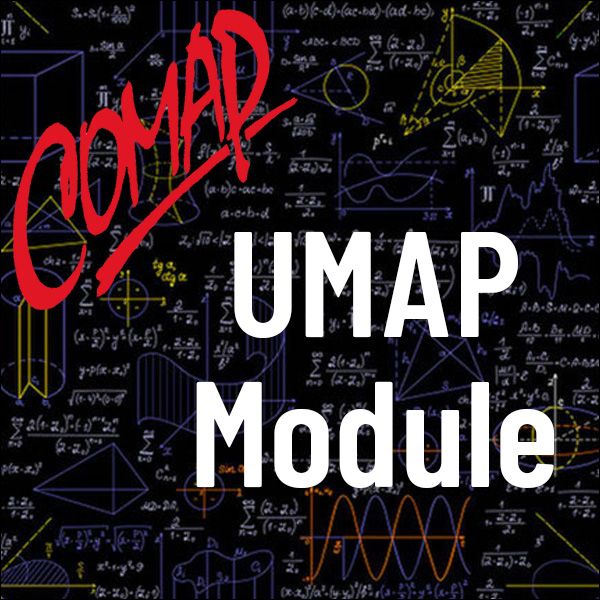Voting Games, Power Indices, and Presidential Elections (UMAP)
Author: John P. Lambert
Simple proper voting games and indices of voting power are discussed. Several real-world examples are considered, and there is a comparative evaluation of individual voting power in the 1984 U.S. presidential election. A computer program for calculating the Shapley-Shubik power index is included.
Table of Contents:
INTRODUCTION AND BACKGROUND DISCUSSION
The Mathematical Problem and the Legal Dimension
Weighted Voting
Scope of the Module and Intrinsic Limitations
MEASURES OF POWER
Games and Coalitions
Two Power Indices
The Axiomatic Approach
SOME EXAMPLES AND APPLICATIONS
The UN Security Council
The EEC
Nassau County
Beloit-Janesville
Power in a Nine-Person Body and Dynamic Aspects
Some Classes of Large Games
A Product Game: THe U.S. Congress
Designing Representative Bodies
THE ELECTORAL COLLEGE AND PRESIDENTIAL ELECTIONS
The Square-Roof Effect
A Scheme to COmpute the Shapley-Shubik Index for Large Games
Remarks on U.S. Presidential Election Procedure
Evaluation of the Electoral College
Analysis of a Presidential Election Game
A GENERALIZATION OF THE SHAPLEY-SHUBIK INDEX
SOLUTIONS TO SELECTED EXERCISES
REFERENCES
APPENDIX: A COMPUTER PROGRAM FOR EVALUATING THE SHAPLEY-SHUBIK INDEX

Mathematics Topics:
Application Areas:
You must have a Full Membership to download this resource.
If you're already a member, login here.